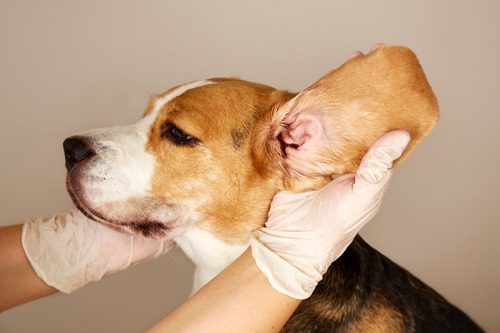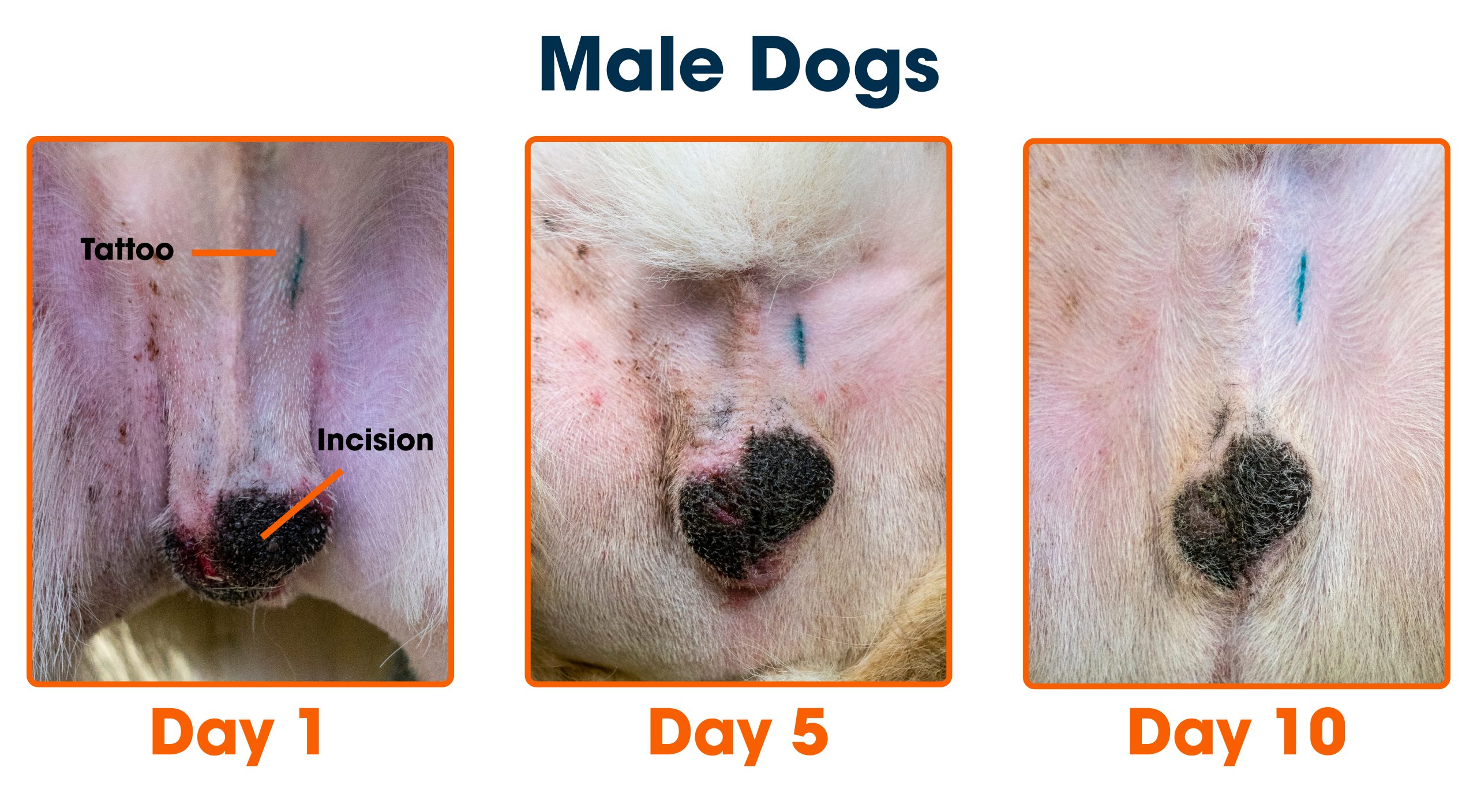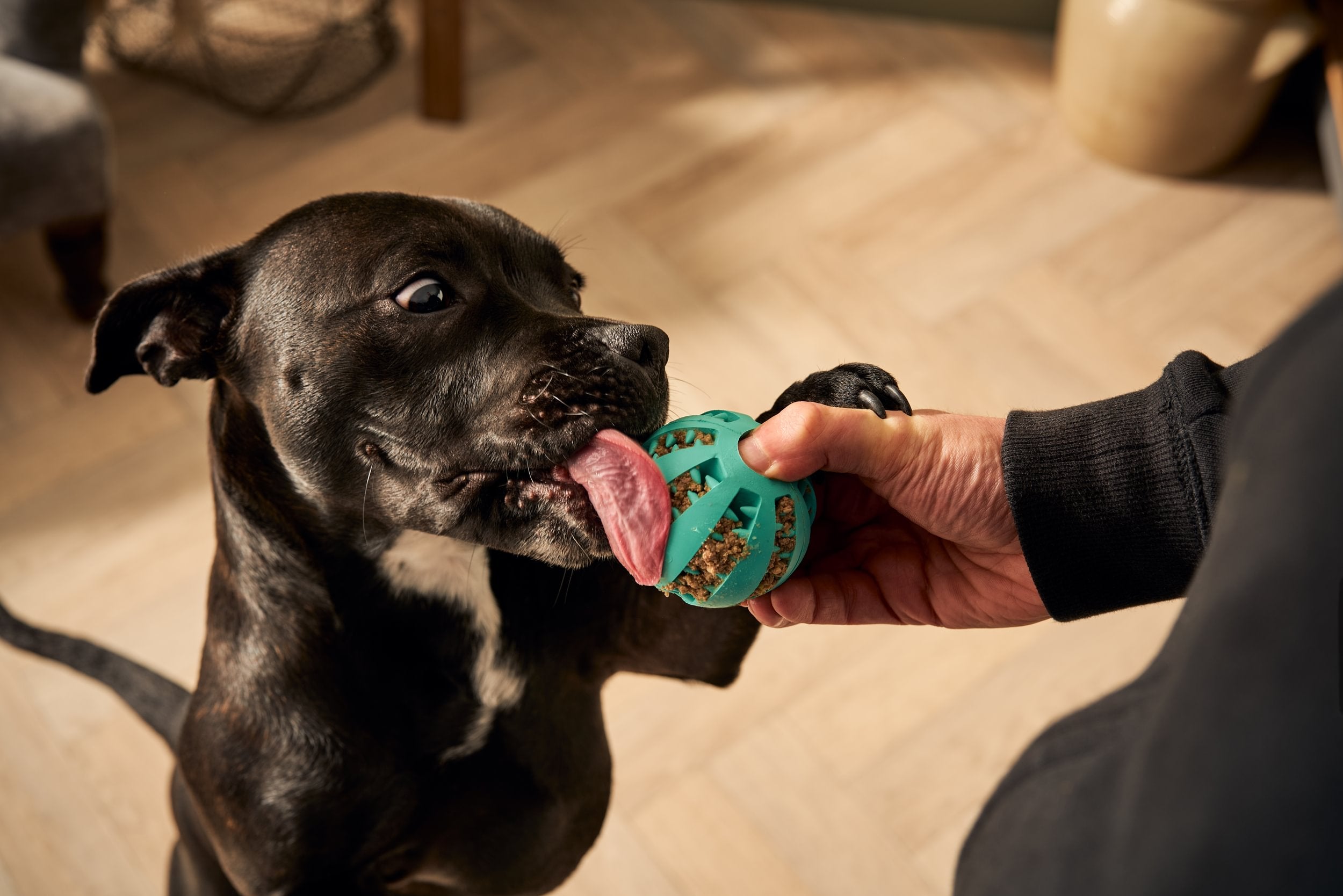If your dog is scratching their ears or shaking their head a lot, you might be worried about an ear infection. You want to help your furry friend feel better as quickly as possible.
But how do vets actually treat ear infections in dogs? Understanding the steps your vet takes can ease your mind and help you support your pet’s recovery. You’ll discover exactly what happens during treatment and what you can do at home to make sure your dog’s ears heal fast and stay healthy.
Keep reading to find out how to protect your dog from discomfort and get them back to their happy, playful self.
Common Causes Of Ear Infections
Ear infections in dogs happen for several reasons. Understanding these causes helps vets treat the issue effectively. Common causes include bacteria, yeast, allergies, and parasites. Each factor can irritate the ear canal and lead to infection.
Bacterial Infections
Bacteria are a frequent cause of ear infections in dogs. They multiply quickly in warm, moist ear canals. This overgrowth triggers inflammation, pain, and discharge. Dogs with narrow or floppy ears face higher risks. Vets often take samples to identify the exact bacteria type.
Yeast Overgrowth
Yeast is naturally present in a dog’s ears in small amounts. Problems arise when yeast grows uncontrollably. This usually happens in moist, dark environments inside the ear. Yeast infections cause itching, redness, and a strong odor. They often occur alongside allergies or after antibiotic use.
Allergies And Irritants
Allergies cause inflammation that makes ears vulnerable to infection. Common allergens include food ingredients, pollen, and dust mites. Irritants like shampoo or dirt can also harm ear skin. Allergic dogs scratch or shake their heads, worsening the problem. Treating the allergy helps clear the ear infection.
Ear Mites And Parasites
Ear mites are tiny parasites living in the ear canal. They cause intense itching and dark debris build-up. Mites spread quickly, especially among puppies or dogs in close contact. Other parasites may also invade the ear, causing similar symptoms. Vets use a microscope to detect these pests.
Recognizing Symptoms In Dogs
Spotting an ear infection early in your dog can make all the difference in treatment success. Knowing what to watch for helps you act quickly and prevents discomfort from escalating. Let’s look at how you can recognize the symptoms your dog might be showing.
Signs Of Discomfort
Dogs often show subtle signs when their ears bother them. You might notice your dog shaking its head more than usual or scratching at the affected ear repeatedly.
Have you ever seen your dog tilt its head to one side? This can be a clear sign of ear pain or irritation. Pay attention to any whining or whimpering, which might indicate discomfort you can’t see.
Physical Indicators
Look closely at your dog’s ears for redness, swelling, or discharge. These are strong physical clues that something is wrong.
Sometimes the ear canal might have a bad smell, or you may spot crusts and scabs around the ear edges. These signs are often easier to notice during grooming or petting sessions.
Behavioral Changes
Your dog’s behavior can shift when they’re dealing with an ear infection. They might become more irritable or withdrawn, avoiding activities they usually enjoy.
Does your dog seem less responsive or reluctant to play? These changes can be subtle but are important signals. Remember, your dog can’t tell you what’s wrong, so their behavior is a key way to understand their health.
Veterinary Diagnostic Methods
Veterinary diagnostic methods play a crucial role in identifying the exact cause of your dog’s ear infection. Accurate diagnosis helps vets decide the best treatment plan, ensuring your furry friend recovers quickly and comfortably. Let’s take a closer look at how vets examine and test your dog’s ears.
Ear Examination Techniques
Vets start with a thorough visual check of your dog’s ear canal and outer ear. They look for redness, swelling, discharge, or any foul smell that indicates infection. Using an otoscope, a special tool with a light, vets can see deeper inside the ear canal, spotting foreign objects, tumors, or inflammation.
Have you noticed your dog scratching or shaking its head more than usual? That’s often the first clue vets use to decide an ear exam is necessary. This step is quick but vital to catch problems early.
Microscopic Analysis
After the visual exam, vets often take a small sample of ear discharge or debris. This sample goes under a microscope to identify bacteria, yeast, or parasites like ear mites. Microscopic analysis provides immediate insight into what’s causing the infection.
Understanding the type of organism causing the problem helps vets choose the right medication. It’s like knowing your enemy before you fight it. Ever wondered why some ear drops work instantly while others don’t? This testing explains it.
Culture And Sensitivity Tests
Sometimes, infections don’t respond to initial treatments. In those cases, vets perform culture and sensitivity tests. They grow the bacteria or yeast from the ear sample in a lab to see which antibiotics or antifungal drugs work best.
This test takes a few days but is essential for stubborn or recurring infections. It prevents the guesswork and helps avoid using medications that might be ineffective or cause resistance. Wouldn’t you want your dog to get the most effective treatment right from the start?

Credit: frontierveturgentcare.com
Treatment Options For Ear Infections
Treating ear infections in dogs requires a careful approach to relieve pain and clear the infection. Veterinarians choose treatments based on the infection type and severity. Proper care helps prevent recurring problems and keeps your dog comfortable.
Topical Medications
Vets often prescribe ear drops or ointments. These contain antibiotics or antifungals to fight infection. Anti-inflammatory agents help reduce swelling and pain. Applying medication directly targets the infected area. Follow the vet’s instructions for dosage and duration.
Oral Antibiotics And Antifungals
Sometimes infections need oral medicine. This helps when the infection is deep or severe. Oral drugs reach areas topical treatments cannot. The vet may prescribe pills or liquids. Always complete the full course to avoid resistance.
Cleaning And Maintenance
Cleaning the ear is crucial for healing. Vets use special solutions to remove debris and wax. This clears the way for medicines to work better. Regular cleaning helps prevent new infections. Never use cotton swabs, which can harm the ear canal.
Addressing Underlying Causes
Ear infections often have root causes. Allergies, mites, or foreign objects may trigger them. Vets diagnose these issues through exams and tests. Treating the cause stops infections from returning. This may involve diet changes, parasite control, or surgery.
Preventing Future Ear Infections
Preventing future ear infections in dogs is just as important as treating the current one. Once your dog has had an ear infection, the risk of recurrence can increase, especially if underlying causes aren’t addressed. Taking simple, regular steps can protect your furry friend from the discomfort and complications of repeated infections.
Regular Ear Cleaning
Cleaning your dog’s ears regularly helps remove dirt, wax, and moisture that can lead to infections. Use a vet-approved ear cleaner and a soft cotton ball—avoid cotton swabs, as they can push debris deeper or damage the ear canal.
How often should you clean? That depends on your dog’s breed and lifestyle. Dogs with floppy ears or those that swim frequently usually need more frequent cleaning.
Keep an eye out for signs like redness or odor between cleanings. If you notice these, it’s time to check with your vet before the problem gets worse.
Managing Allergies
Allergies often trigger ear infections by causing inflammation and excess wax. If your dog scratches ears or shakes its head a lot, allergies could be a hidden culprit.
Work with your vet to identify and control allergies, whether through diet changes, medications, or avoiding environmental irritants. Addressing allergies reduces ear infection risk and improves your dog’s overall comfort.
Routine Vet Checkups
Regular vet visits allow early detection of ear issues before they become serious. Your vet can spot subtle signs of infection or underlying problems like ear mites or growths.
During checkups, ask your vet to demonstrate proper ear cleaning techniques. This personal guidance can help you confidently care for your dog’s ears at home.
Could your dog’s ear health benefit from more frequent vet visits? Sometimes a small adjustment in care routine makes a big difference.

Credit: www.facebook.com
When To Seek Emergency Care
Knowing when to seek emergency care for your dog’s ear infection can make all the difference in their recovery. Some symptoms signal that the infection has worsened or spread, requiring immediate veterinary attention. Ignoring these signs could lead to serious health issues for your furry friend.
Severe Symptoms To Watch For
Keep a close eye on your dog’s behavior and physical condition. If you notice any of these symptoms, don’t wait to get help:
- Extreme pain or sensitivity:Your dog yelps or aggressively pulls away when you touch the ear.
- Swelling or redness:The ear flap appears enlarged or inflamed beyond typical infection signs.
- Foul odor or discharge:Thick, yellow-green pus or a strong, unpleasant smell coming from the ear.
- Loss of balance or coordination:Your dog seems dizzy, stumbles, or tilts their head persistently.
- Fever or lethargy:Noticeable drop in energy or warm ears and nose indicating fever.
Have you ever noticed your dog shaking their head so hard it worried you? That could be a sign the infection is causing severe discomfort or complications.
Complications Of Untreated Infections
Untreated ear infections can spread beyond the ear canal and cause serious problems. The infection might reach the inner ear, leading to vestibular disease, which affects your dog’s balance and movement.
In some cases, bacteria can enter the bloodstream, causing systemic infections that threaten your dog’s life. Chronic infections also increase the risk of permanent hearing loss and damage to ear tissues.
Ignoring early warning signs may force your dog to undergo more invasive treatments or surgery later. By acting quickly, you protect your pet from unnecessary suffering and medical expenses.
Credit: www.wagnwash.com
Frequently Asked Questions
What Are Common Symptoms Of Ear Infections In Dogs?
Common symptoms include scratching, head shaking, redness, swelling, odor, and discharge from the ear. Dogs may also show pain or discomfort when the ear is touched.
How Do Vets Diagnose Dog Ear Infections?
Vets diagnose by examining the ear canal with an otoscope. They may take samples to identify bacteria, yeast, or mites causing the infection.
What Treatments Do Vets Use For Dog Ear Infections?
Treatment usually involves cleaning the ear and prescribing medicated drops or ointments. In severe cases, oral antibiotics or antifungals may be necessary.
Can Ear Infections In Dogs Be Prevented?
Yes, regular ear cleaning, keeping ears dry, and routine check-ups help prevent infections. Managing allergies and underlying conditions also reduces risk.
Conclusion
Vets treat dog ear infections with care and medicine. They clean the ear gently to remove dirt and wax. Then, they use drops or pills to fight infection. Sometimes, they check for allergies or other causes. Early treatment helps dogs feel better fast.
Watch your dog for signs of trouble. Regular ear checks keep infections away. Trust your vet to keep your dog’s ears healthy. Caring for your dog’s ears is key to their comfort.






